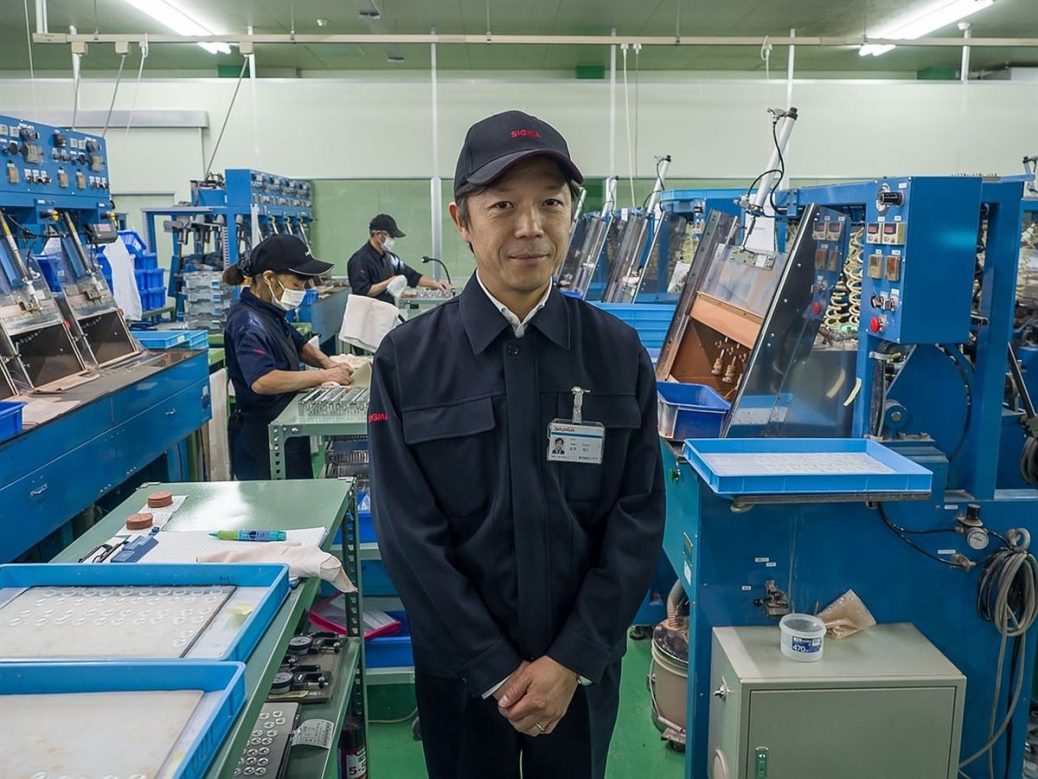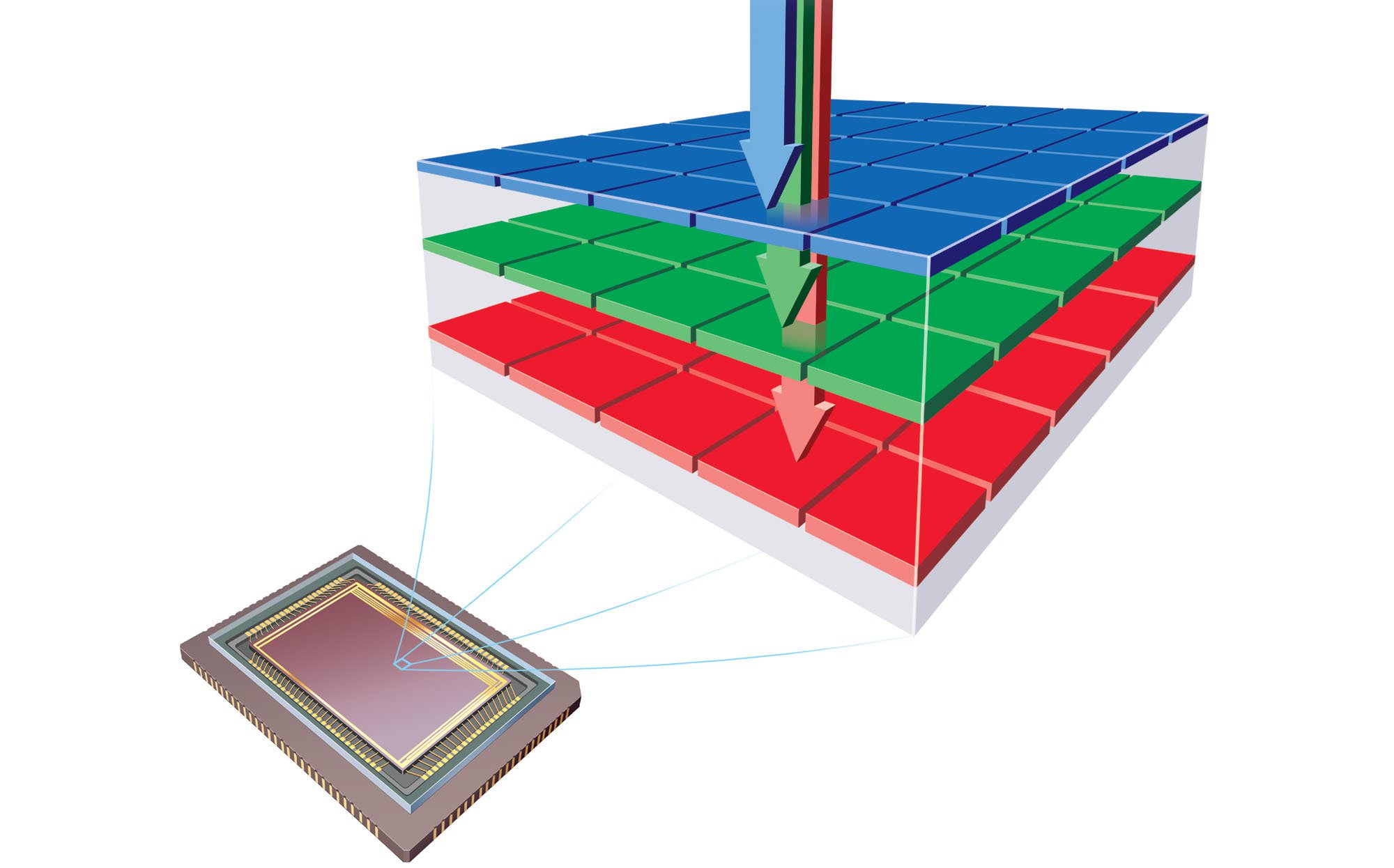Sigma Releases Updates About the Full-Frame Foveon Sensor
Sigma’s CEO Kazuto Yamaki explains that the development of the three-layer image sensor, otherwise known as the Foveon sensor, is currently underway.
The development of the full-frame Foveon hasn’t been going smoothly. The company has been working on it since 2018, but in early 2020 indefinitely delayed the sensor. A year later, the company announced that it was forced to scrap all efforts it had made to that point and start from scratch.
At least a piece of good news is that progress has been made and that Sigma remains committed to a full-frame Foveon camera.
Sigma’s CEO, Kazuto Yamaki, writes, “The development of the three-layer image sensor is currently underway with the strong leadership of Sigma’s headquarters in collaboration with research institutes in Japan.” Yamaki continues by outlining three primary stages of the sensor’s development, including repeated design simulations of the new three-layer structure to confirm expected performance, prototype evaluation using a small image sensor with the same pixel size as the full-size, full-frame image sensor, and final prototype evaluation using a full-frame image sensor with the same specs as the mass-produced version, including the AD converter. Sigma is currently in the second stage.
“Based on the evaluation results of the prototype sensor, we will decide whether to proceed to Stage 3 or to review the design data and re-prototype “Stage 2,” said Yamaki. “When we proceed to Stage 3, we will verify the mass-producibility of the sensor with research institutes and manufacturing vendors based on the evaluation results, and then make a final decision on whether or not to mass-produce the image sensor.”
Given the ongoing work, Sigma cannot publicly comment on when stage 3 will commence and when the new full-frame Sigma camera will be ready for production. Sigma’s Foveon sensors use a proprietary three-layer structure in which red, green, and blue pixels each have their own full layer. In traditional sensors, the three pixels share a single layer in a mosaic arrangement and the camera “fills in” missing colors by examining neighboring pixels.
It’s also part of what makes the new full-frame sensor so difficult to develop and why Sigma has had to restart the design process with a new manufacturer. Add in different challenges due to the pandemic and supply shortages, and it’s easy to see why Sigma has missed its original 2020 release window.
More info on Sigma’s website.


